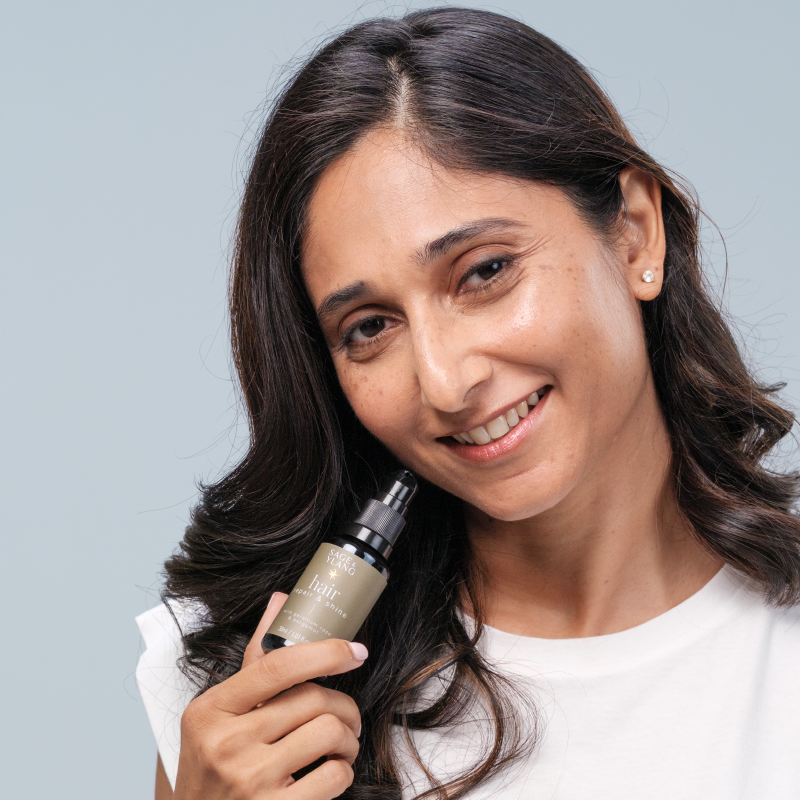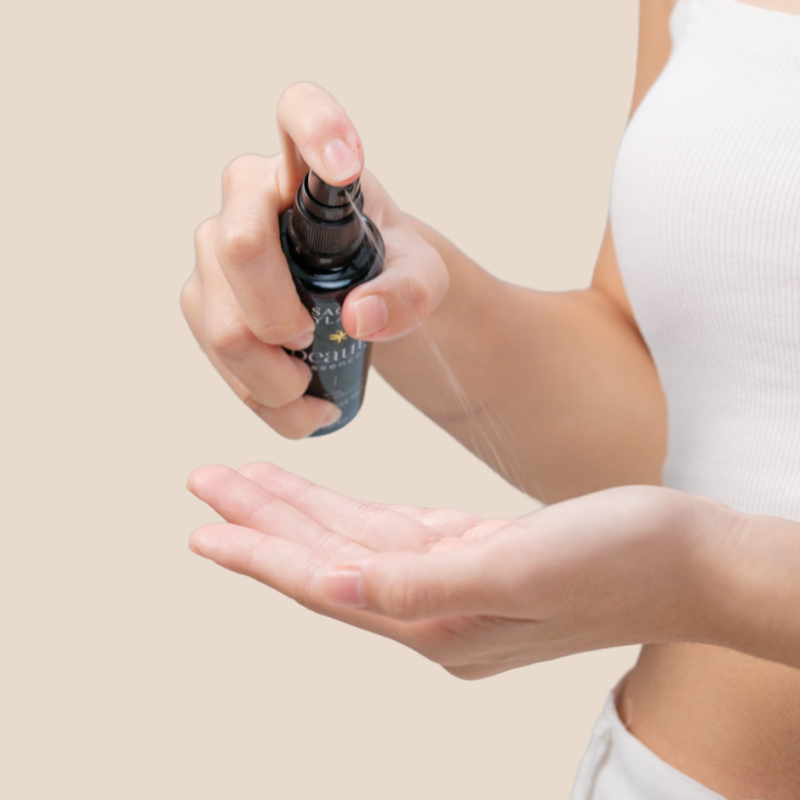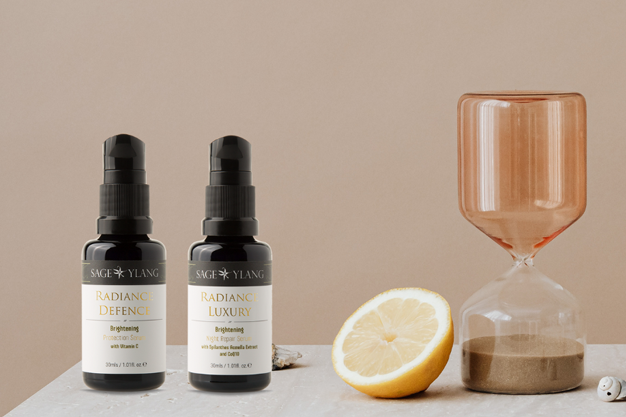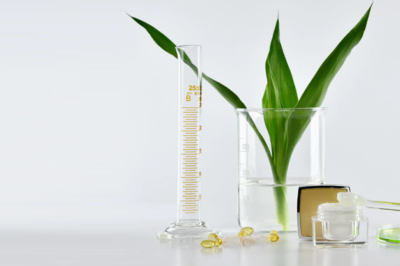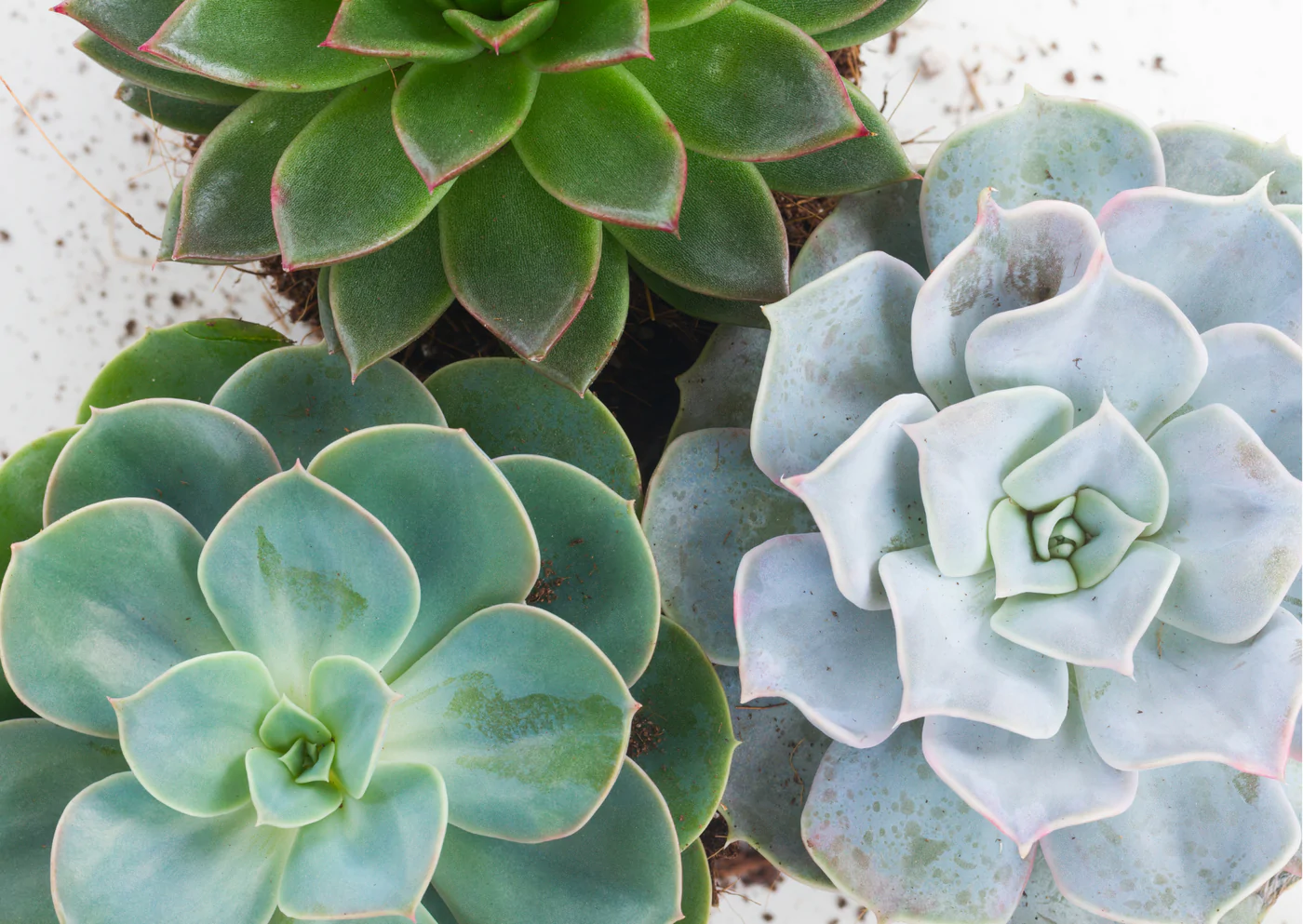Many buzzwords are being thrown around in the beauty industry and consumers are often confused by what they mean. Clean beauty, which is the latest trend in the beauty industry, is another add-on to this list. However, is the Clean Beauty Movement just another passing trend or is it here to stay?
Many beauty brands and retailers, and more recently raw ingredient suppliers have adopted a working definition of clean beauty. While those definitions may vary, they all have in common a core focus on product safety, ingredient transparency, and sustainability.
Sage and Ylang is a Clean Beauty brand and the purpose of this article is to provide a simple but comprehensive explanation as to what this means.
Even though there is no official definition to this term, most skincare experts agree that this simply means that a particular skincare range does not contain ingredients that are thought to be harmful to the body and environment.
Here are the links to controversial cosmetic ingredients from https://davidsuzuki.org/queen-of-green/dirty-dozen-cosmetic-chemicals-avoid/and https://credobeauty.com/pages/the-credo-clean-standard-1. Even though some of these cosmetic ingredients are deemed to be safe for use, most of them are still derived from fossil fuel and the manufacturing process is not eco-friendly. Some of these ingredients have been banned in certain countries as they are known to be potentially harmful to the skin or the environment.

Interestingly, clean beauty embraces both natural/plant-based and lab-made(synthetic) safe ingredients. One may contend that lab-made ingredient should not be found in clean beauty range. Consider this scenario: if all ingredients from nature are safe, then how about mercury or poison ivy, which are derived from nature? On the other hand, citric acid, which is widely used in food, is a lab-made ingredient with impeccable safety profile.
Here is the conclusion, not all natural ingredients are safe and not all synthetic ingredients are unsafe. Hence, as long as a certain ingredient, whether found in nature or lab synthesized, has an impeccable safety profile for the skin, is sustainably sourced and do not impact the environment negatively, then it can be used in a clean beauty range.
Furthermore, in order to reduce carbon footprint, many clean beauty brands go the extra mile to ethically source for ingredients and ensuring that manufacturing and packaging are done sustainably.
In conclusion, clean beauty refers to skin care brands that do not contain potentially harmful ingredients to the body, as well as to the environment.
A challenge to consumers:
If you watch what you eat and are careful about reducing the number of toxic chemicals used in your home, you may like to think seriously about what you use on your skin as well. Having an understanding of what clean beauty means, and knowing that there are available clean beauty alternatives is a good place to start.
Here are two good habits to develop when shopping for skincare, body care, or hair care products:
- read the labels before making a purchase. Look out for potentially harmful toxins and further research on them. Pure, natural, or organic claims cannot be taken at face value due to the prevalent greenwashing. An organic skincare may even contain one of the toxic ingredients listed above, so read the labels!
- Shop at retailers or brands that are totally committed to clean beauty. Do check out their website and read about their skin care philosophy.
Sage and Ylang is an environmentally conscious brand and we have identified 6 areas of commitments to sustainability which guide us when we design, formulate, source, manufacture, pack, market our products line. These sustainable practices serve as the foundation of SAY Clean Beauty Standards.
Sources
R., Siti Zulaikha, et al. “Hazardous Ingredients in Cosmetics and Personal Care Products and Health Concern: A Review.”Public Health Research, Scientific & Academic Publishing, 2015, article.sapub.org/10.5923.j.phr.20150501.02.html.
Suzuki, David. “‘The Dirty Dozen’ Cosmetic Chemicals to Avoid.” David Suzuki Foundation, 2018, davidsuzuki.org/queen-of-green/dirty-dozen-cosmetic-chemicals-avoid/.
“Chemicals of Concern.” Safe Cosmetics, www.safecosmetics.org/get-the-facts/chem-of-concern/.

